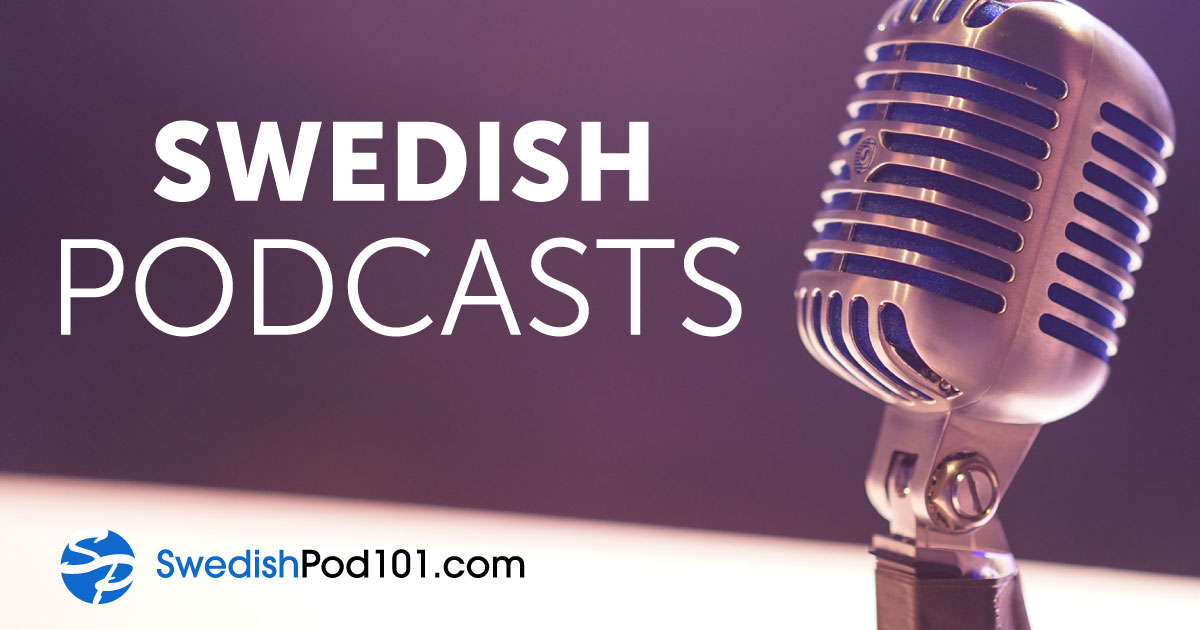
Animals may not be the first thing that comes to mind when you hear “Sweden.”
Maybe you think about the delicious Swedish meatballs you had that one time. Or maybe the sailing enthusiasts you’ve seen on Instagram. While this Nordic country is known for those things and more, what it’s not given enough credit for is its stunning diversity of wildlife.
Learning animal names in Swedish will help you describe and talk about the huge number of wild creatures that call Sweden home. Moose, beavers, wolves, brown bears, arctic foxes, wolverines, lynxes, wild boars, otters…and the list goes on. There are even tours dedicated to finding specific animals (like lynxes) in the wilderness. As such, learning the names of animals in Swedish will be essential if you like to travel or consider yourself a serious animal lover.
In this article, we’ve compiled several vocabulary lists for different kinds of animals and broken them down by category for you.
Without further ado, let’s dig right in…
 Table of Contents
Table of Contents
- At Home (Pets)
- On the Farm (Farm Animals)
- In the Wild / Forest / Safari (Land Animals)
- Bugs and Insects
- In the Ocean (Aquatic / Marine Animals)
- Reptiles & Amphibians
- Birds
- Animal Body Parts
- Animal-Related Idioms and Slang Expressions
- Conclusion
1. At Home (Pets)
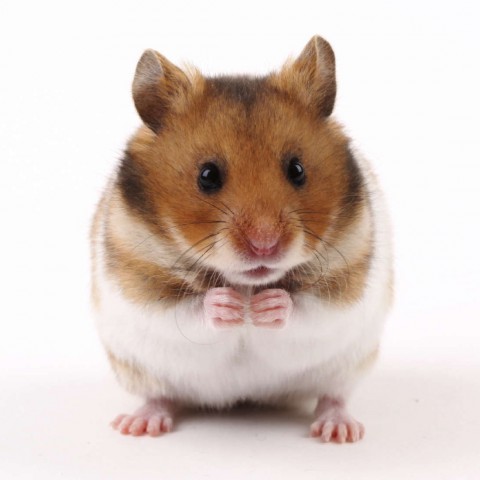
Swedes treat their pets like family. The sense of equality that’s dominant in Sweden also covers animals; they’re considered so much more than just a creature that needs to be fed. To give you an idea, many Swedes even work their schedule around their pets’ needs!
More and more Swedish companies are allowing their employees to bring their pets to work, and pets (especially dogs) go with their owners on vacation. Dog owners in Sweden always seem to be walking their dogs, and there’s plenty of space for them to enjoy thanks to the country’s abundance of nature.
Swedes take pride in owning their dogs, and it’s considered strange to have one’s dog left out to play around or do “normal” activities. You’re expected to have your dog participate in events and competitions, and to make it a member of a dog association or club.
In other words, dogs are the 24/7 companions of Swedes.
While dogs are Swedes’ personal favorite pet, other animals are not so uncommon. Below is a list of nine housepets you may stumble upon in Sweden:
| Katt | “Cat” |
| Hund | “Dog” |
| Hamster | “Hamster” |
| Kanin | “Rabbit” |
| Mus | “Mouse” |
| Råtta | “Rat” |
| Marsvin | “Guinea pig” |
| Guldfisk | “Goldfish” |
| Papegoja | “Parrot” |
2. On the Farm (Farm Animals)

Agriculture in Sweden is not evenly distributed among the country’s regions. This is because it makes more sense to use the mountainous parts for forestry rather than farming activities. The farther south you go, the more agricultural land you’ll find. Still, not that many plant types can be grown here, given the limitations imposed by the weather and short growing seasons.
Only 1.5% of Sweden’s working population is involved in agriculture. Traditional farming is not very common in the country, though urban farming is on the rise as people are becoming more environmentally aware. Many Swedes now prefer to grow their own produce, be it in their apartment or their home garden in the suburbs.
Below is a list of farm animals in Swedish along with their English translations:
| Ko | “Cow” |
| Gris | “Pig” |
| Får | “Sheep” |
| Get | “Goat” |
| Häst | “Horse” |
| Höna | “Hen” |
| Kalkon | “Turkey” |
| Gås | “Goose” |
| Anka | “Duck” |
| Tupp | “Rooster” |
Hungry for even more vocabulary? Then head over to our lesson on farm animals in Sweden to learn the names of even more animals!
3. In the Wild / Forest / Safari (Land Animals)
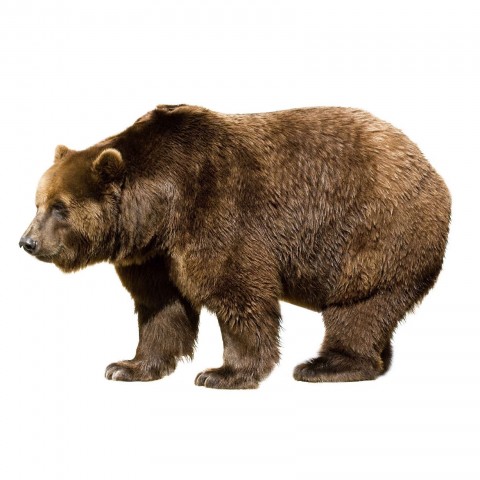
Sweden is home to several predators, including bears, lynxes, wolves, and wolverines. Sweden is one of the largest European countries, yet it has the second-lowest population density. This gives the country tons of free space for animals to roam far away from humans.
You can experience Swedish wildlife anywhere, from private or public forests to national parks. Still, a big misconception about Sweden is that predators roam the streets. The truth is that large predators are rarely seen out and about unless you go out for the sole purpose of finding them in certain areas.
Given the low attack rates, experts describe Swedish nature as perfect for those looking to experience wildlife and camping without facing serious predator danger. The only danger lurking in the forests of Sweden is not large animals, but rather what we’ll cover in the next section.
But first, here’s a comprehensive list of wild animals in Swedish:
| Björn | “Bear” |
| Varg | “Wolf” |
| Rådjur | “Deer” |
| Hare | “Hare” |
| Räv | “Fox” |
| Igelkott | “Hedgehog” |
| Ekorre | “Squirrel” |
| Vildsvin | “Boar” |
| Groundhog | “Groundhog” |
| Lejon | “Lion” |
| Tiger | “Tiger” |
| Jaguar | “Jaguar” |
| Panter | “Panther” |
| Elefant | “Elephant” |
| Giraff | “Giraffe” |
| Apa | “Monkey” |
| Gorilla | “Gorilla” |
| Känguru | “Kangaroo” |
| Koala | “Koala” |
| Panda | “Panda” |
| Sengångare | “Sloth” |
| Säl | “Seal” |
| Pingvin | “Penguin” |
| Isbjörn | “Polar bear” |
| Valross | “Walrus” |
Enthralled by wild animals? Then you’ll love our lesson on forest animal vocabulary!
4. Bugs and Insects
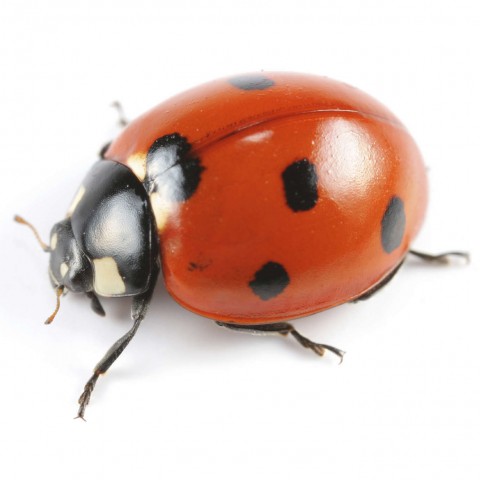
I don’t mean to scare you off, but wasps are the #1 cause of death inflicted by animals in Sweden.
Surprising, right?
Wasps, along with bees, represent a real danger to those who are allergic to the two insects’ bites. If you’re not allergic to either, then you’re good to go. But if you are, you might want to take some precautions before you go wandering around in Swedish nature.
Oh, wait! There are still ticks to talk about. Did you know they carry diseases such as Lyme and TBE (tick-borne encephalitis)?
Below are the names of thirteen insects and bugs in Swedish:
| Bi | “Bee” |
| Geting | “Wasp” |
| Mygga | “Mosquito” |
| Fluga | “Fly” |
| Spindel | “Spider” |
| Gräshoppa | “Grasshopper” |
| Kackerlacka | “Cockroach” |
| Fjäril | “Butterfly” |
| Myra | “Ant” |
| Mal | “Moth” |
| Snigel | “Snail” |
| Snigel | “Slug” |
| Fästing | “Tick” |
5. In the Ocean (Aquatic / Marine Animals)

Like Denmark and Germany, Sweden borders both Kattegat (from the West) and the Baltic Sea (from the Southeast). It also borders the Gulf of Bothnia from the Northeast.
In addition, Southern Sweden features several lowland lakes with a variety of marine animals, with the biggest lake in the country being Lake Vänern.
Angling and fishing are popular and make for a fun experience in Sweden. Just make sure you follow Swedish fishing rules, and you’ll go home with a variety of fish such as salmon, zander, and trout.
Below you’ll find the names of the most common aquatic animals in Swedish:
| Fisk | “Fish” |
| Öring | “Trout” |
| Gös | “Zander” |
| Lax | “Salmon” |
| Haj | “Shark” |
| Delfin | “Dolphin” |
| Val | “Whale” |
| Sjölejon | “Sealion” |
| Manet | “Jellyfish” |
| Bläckfisk | “Octopus” |
| Sjöhäst | “Seahorse” |
| Sjöborre | “Urchin” |
| Sjöstjärna | “Starfish” |
| Mussla | “Mussel” |
| Sjögurka | “Sea cucumber” |
6. Reptiles & Amphibians
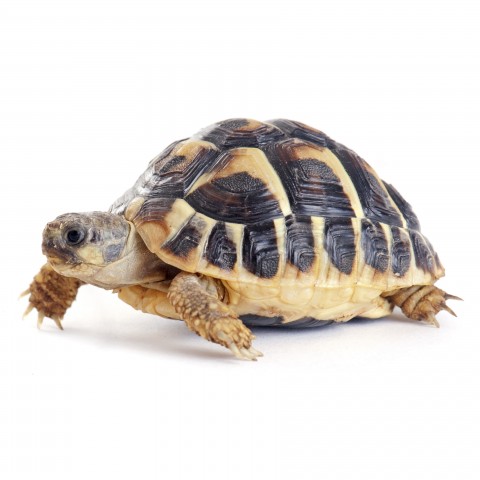
There are reptiles all over Sweden, though there’s not much to worry about in the wilderness. The venom of the only venomous snake in Sweden (the common European viper, a.k.a. the “adder”) is not strong enough to kill a human being.
| Groda | “Frog” |
| Padda | “Toad” |
| Krokodil | “Crocodile” |
| Ödla | “Lizard” |
| Sköldpadda | “Turtle” |
| Havssköldpadda | “Sea turtle” |
| Orm | “Snake” |
7. Birds
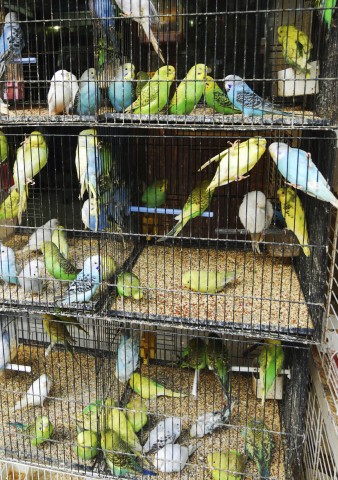
There are a variety of beautiful birds living in Sweden, most notably the country’s national bird—the common blackbird.
Here’s a list of the nine most common birds in Sweden:
| Duva | “Pigeon” |
| Fiskmås | “Seagull” |
| Kråka | “Crow” |
| Örn | “Eagle” |
| Duva | “Dove” |
| Uggla | “Owl” |
| Skata | “Magpie” |
| Sparv | “Sparrow” |
| Påfågel | “Peacock” |
8. Animal Body Parts
Now that you know the names of several different animals in the Swedish language, let’s go over another essential vocabulary set: animal body parts. Knowing these words will help you better describe the animals you come across, so learn them well!
| Svans | “Tail” |
| Hår | “Hair” |
| Päls | “Fur” |
| Tand | “Tooth” |
| Huggtand | “Fang” |
| Klo | “Claw” |
| Horn | “Horn” |
| Hov | “Hoof” |
| Fjäder | “Feather” |
| Vinge | “Wing” |
| Näbb | “Beak” |
| Mun | “Mouth” |
| Fena | “Fin” |
| Tentakel | “Tentacle” |
| Man | “Mane” |
| Snabel | “Trunk” |
| Bete | “Tusk” |
| Antenn | “Antenna” |
| Tagg | “Dart” |
| Ben | “Leg” |
| Fjäll | “Scale” |
| Tass | “Paw” |
9. Animal-Related Idioms and Slang Expressions
| Smutsig som en gris | “Dirty as a pig” |
| Tjock som en gris | “Fat as a pig” |
| Tyst som en mus | “Silent as a mouse” |
| Arg som ett bi | “Angry as a bee” |
| Modig som ett lejon | “Brave as a lion” |
| Full som ett svin | “Drunk as a pig” |
| From som ett lamm | “Meek as a lamb” |
10. Conclusion
Congratulations for getting this far!
In addition to learning the names of different animals in Swedish, you’ve become familiar with the names of animal body parts and even a few animal-related expressions used in Sweden. To practice, drop us a comment with the name of your favorite animal (or animals) in Swedish!
Want to impress native speakers even more? Or feel like there are some dots you need to connect for your Swedish to really come together?
SwedishPod101 is an effective learning system you can utilize to go from “okay” Swedish to native-like fluency.
We help beginner, intermediate, and advanced learners master the most Swedish in the least amount of time possible.
SwedishPod101.com hosts thousands of audio, video, and text lessons, all of which come with transcripts and cheat sheets to help you practice every topic in greater depth.
Moreover, our system integrates some very effective learning tools. The pronunciation comparison feature, line-by-line breakdowns, online flashcards, and more make SwedishPod101 a comprehensive tool for learners at every level.
You can even opt for a personalized learning program by one of our native Swedish-speaking language experts.
Access all of these perks (and more) by signing up for free at SwedishPod101.com!
No credit card required.
Lyckligt lärande!
Happy learning!






